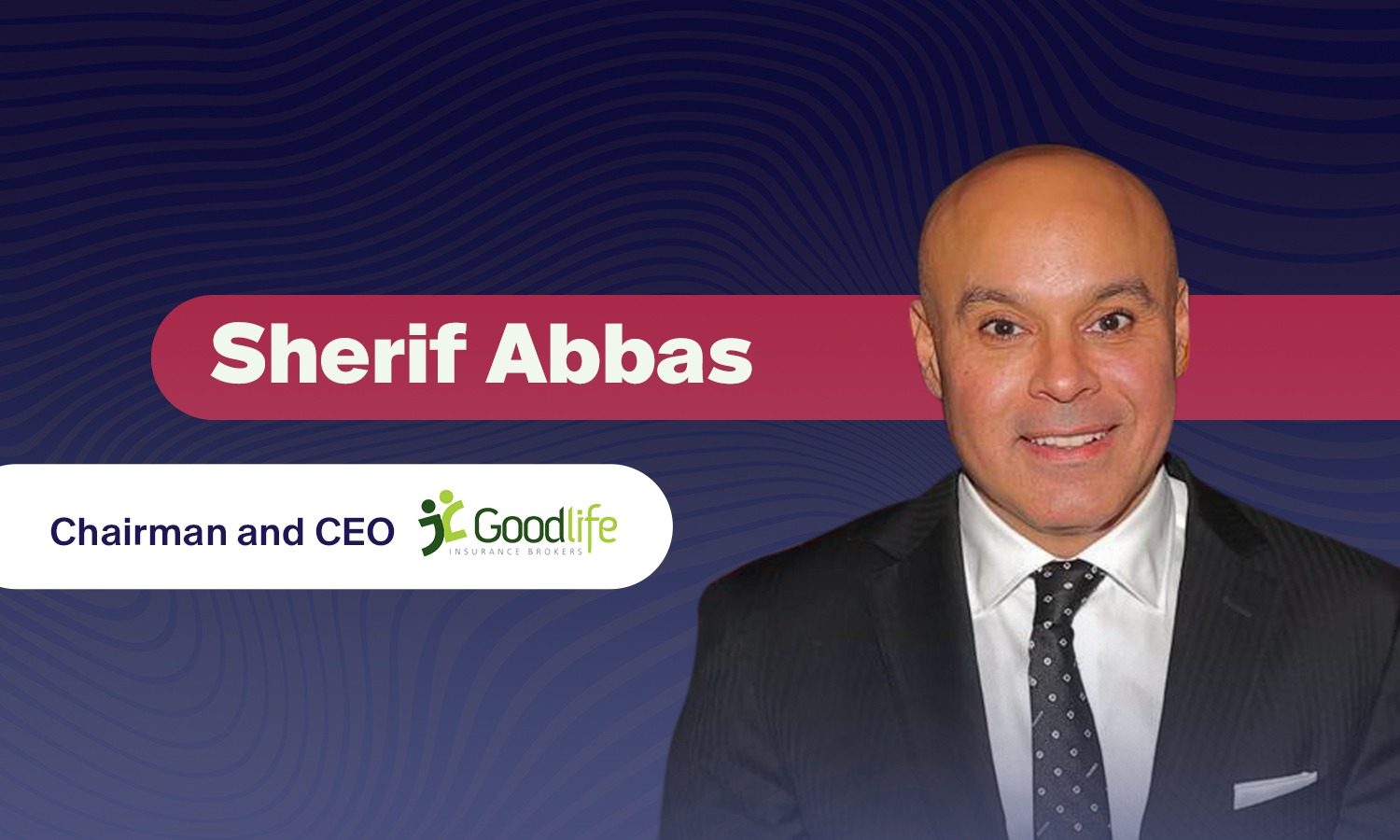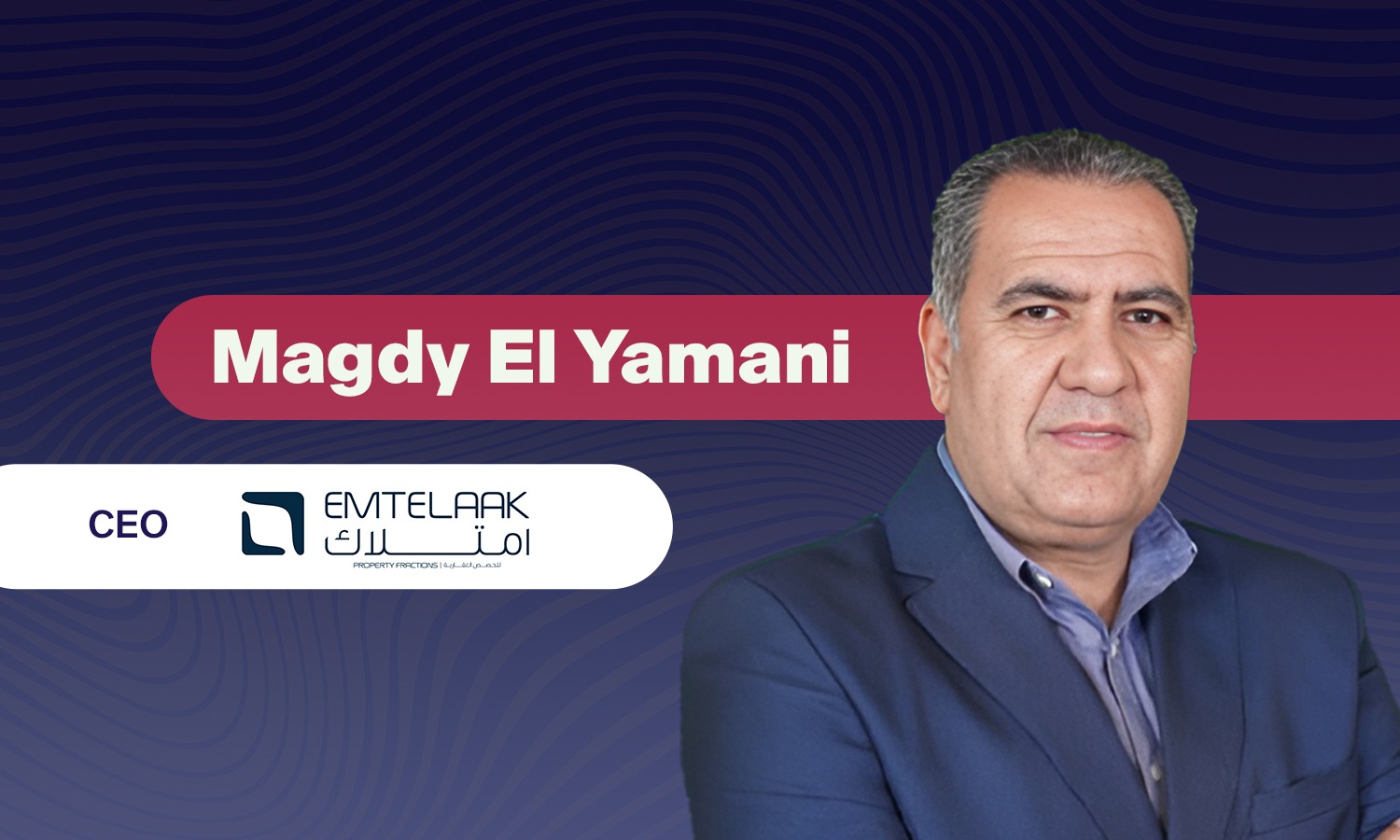Mo Bistro: A Journey of Upscale Casual Dining in Egypt since 2002
Updated 11/14/2023 8:00:00 AM
Arab Finance: Egypt’s food and beverage (F&B) market is valued at around $180.3 billion in 2023, with a projected annual growth rate of 6.9%. The number of restaurants and bars in Egypt has increased by 15% between 2018 and 2023, reaching an estimated 1,866 establishments in 2023, as reported by Statista Market Forecast. The industry's growth is driven by factors such as a young and increasing population and a growing interest in dining out and trying new culinary experiences.
That is why Arab Finance interviewed Mohamed Abd El Hak, Founder and CEO of Mo Bistro. He shares the history and evolution of the company, as well as its approach to purchasing and inventory management, handling customer complaints, and ensuring customer satisfaction.
1-Can you share with us the history of Mo Bistro and how it has changed since 2002?
In 2002, I created Café Mo, the first upscale casual dining venue in Egypt at the time. I operated it and worked hands-on until it grew to become a chain of five branches covering Cairo and the North Coast. This expansion happened simultaneously with the development of my first catering company, which competed with the existing caterers, mainly hotels. This company, which included the restaurants and a catering arm, operated from 2002 to 2013. I had to make the difficult decision of closing the whole chain after the chaos of the revolution at the time.
It was not until 2016 that I re-entered the F&B arena with Mo Bistro. This was a new brand that I developed with partners, who are also family members. Along the way, we faced difficult challenges, including closures brought on by the coronavirus and price inflation caused by our currency’s multiple devaluations. Seven years later, my partners and I are proud operators of four outlets. We also relaunched our catering company in 2020, which creates bespoke, customized catering experiences for events of any size.
2-How has the concept of premium casual dining evolved, and what challenges and opportunities have emerged for businesses like Café Mo in today's competitive market?
In 2002, the competition in this line of work was minimal; if you wanted to have a decent meal, your options were mainly hotels or places like Four Corners or Le Pasha. The chain concept of premium casual dining did not exist in Egypt, and that is what my first brand, Café Mo, did; it introduced upscale casual dining to the market, offering the same quality as hotels but at a lower price. The operation costs were very different; we did not have malls or restaurant strips, so for example, we used to pay a range of EGP 10,000 to EGP 30,000 in monthly rent, while today the average is EGP 200,000 to EGP 300,000 per branch.
The same inflated price ranges also apply to utilities, making our operation costs much higher and not allowing us to provide high-quality dining at prices as low as we used to have.
In the last 20 years, there have been great advancements in cooking technology. For example, we now have Sous Vide vacuum machines and combi steamers, giving us the means to serve a tenderer product.
Today, the F&B market in Egypt is very competitive. Numerous options cater to diverse tastes and preferences. This makes us work very hard every day to improve and maintain all aspects of our operations. If we, or any other F&B brand, do not do that, we will not survive the market.
Finally, twenty years ago, we did not have social media. This tool has positive and negative aspects; it wields the power to build a brand and the power to destroy a brand. Twenty years ago, it took a lot of time to market a brand through word-of-mouth. Today, the momentum of marketing is a lot quicker. This puts weight on the opening of a new dining venue; you have to be working at the top level on day one because your target customers have become too discerning.
3-Could you give us an overview of the company's performance in terms of numbers? How many branches do you have? And demographically speaking, what are the most profitable areas?
We have a total of four branches: one in Mohandeseen, one in Sheikh Zayed, and two in the Tagamo’. Our most profitable areas are on the east side of town, in Tagamo’ so far. The purchasing power there is nearly double, as that branch attracts customers from Maadi, Nasr City, Heliopolis, and Tagamo’.
4-What are the bestselling dishes at Mo Bistro? And in general, what is the total of the average bill?
The average check at Mo Bistro is EGP 500. Our menu engineering is one of our strengths as management; we create menus that stand out in every category (i.e., meat, poultry, fish, pasta, starters, etc.); customers will always have something to come back to try. Having said that, we have best-selling dishes in every section, but the two dishes that we are known for, because we are the only place that serves them, are our flank steak and our bone marrow appetizer. I guess this is what comes to our customers’ minds when you mention Mo Bistro.
5-What is your approach to managing purchasing and inventory and controlling costs? And how does it impact the company's profits?
Food costs are one of the most important factors in ensuring profitability in our field. Along with other departments, each of these tasks has its own department. F&B managers actively manage buying and inventory by considering two key factors: 1) outlet needs, which are measured by average sales and expected sales for year-round seasons, and 2) knowledge of when some resources become scarce in seasons (so how to anticipate, stock, and store correctly).
Calculating food costs is an ongoing daily exercise; it is basically the knowledge of the cost of a plate and ensuring that cost is adhered to. This is done through a process of stocking inventory that ensures we are not using more than is allowed. This happens through inspections and end-of-month stock in-store checks. Also, we use back-of-the-house cost control software to connect storage and in-store POS. So, every sale from our outlets translates to a recipe of resources for cost control; this is then sent to stores either to replenish the outlet or to give stores notice that it is reaching minimum stocks.
6-What is your approach to handling customer complaints, and how do you maintain customer satisfaction?
For us, it is simple: the customer is always right. We do not argue with our customers in any way; we provide solutions, and every comment is taken seriously and addressed. Whether in-house or through our social media channels, our operation manager calls every customer who has a complaint and makes sure the complaint is thoroughly investigated. If the customer feels that they are heard and action is taken, they are generally satisfied. The comment sheet we provide our customers in-house is discussed and revised with each department in our weekly management meeting. Hearing the voice of the customer will always help you improve, as there is always room for improvement.
7-How does Mo Bistro ensure that it is in compliance with food and safety regulations, and how often are these regulations inspected?
We have a food safety and hygiene department with two doctors on board. They inspect all our branches daily, while samples are taken weekly from different departments to be tested for health assurance. We also have an ongoing training program for kitchen and floor staff to work with the safety measures needed in our daily operations.
8-How does Mo Bistro foster innovation and creativity within the company? And what new products or services is it currently developing?
We constantly follow innovations in our field through the proper channels, whether in technology, products, or even new concepts. This is made easy with the accessibility of information online. As management, we have monthly visits to different areas in Egypt to find new tastes and authentic cooking methods, which inspires us to develop new ideas for our operation.
Finally, every voice at Mo Bistro is heard regardless of job hierarchy; we have even implemented suggestions made by some of our wait staff. The management and the team are in constant brainstorming sessions, coming up with great ideas that are filtered and implemented at the right time.
9-How do you perceive the role of technology and media in the F&B sector in Egypt, particularly social media platforms such as Facebook and Instagram?
As I said, the power of social media is undeniable. At Mo Bistro, along with our social media agency, Iris Media and Communications, we have created a unique way to present ourselves, putting a human face to the brand and communicating through our channels with passion and love. For example, if we introduce a plate, we will eat it with you.
The impact of our social media presence has increased our sales and awareness dramatically in the last period. We have now reached new levels of followers, something that is not the norm in our field. We have people coming to try our food just because they connect on a personal level with our videos on social media.
10-What is your strategy for expanding Mo Bistro's reach and increasing its market share?
We will always address our reach through our social media strategies. Our plan includes loyalty programs, strategies to increase visits, and more.
Increasing our market share will always be through our innovation, quality, and price bracket. This is a continuous work in progress; we always want to give the customer more reasons to re-visit Mo.
11-Finally, what are the biggest challenges facing the F&B industry in Egypt? And how is Mo Bistro addressing them?
Our main challenge right now is the increase in costs of raw materials and their availability. There is also a general decrease in purchasing power.
We have tackled this by finding local substitutes and redesigning our recipes with new combinations of ingredients, delivering the same taste while decreasing the cost of production, so that we can still provide our offerings at competitive prices.
Related News












